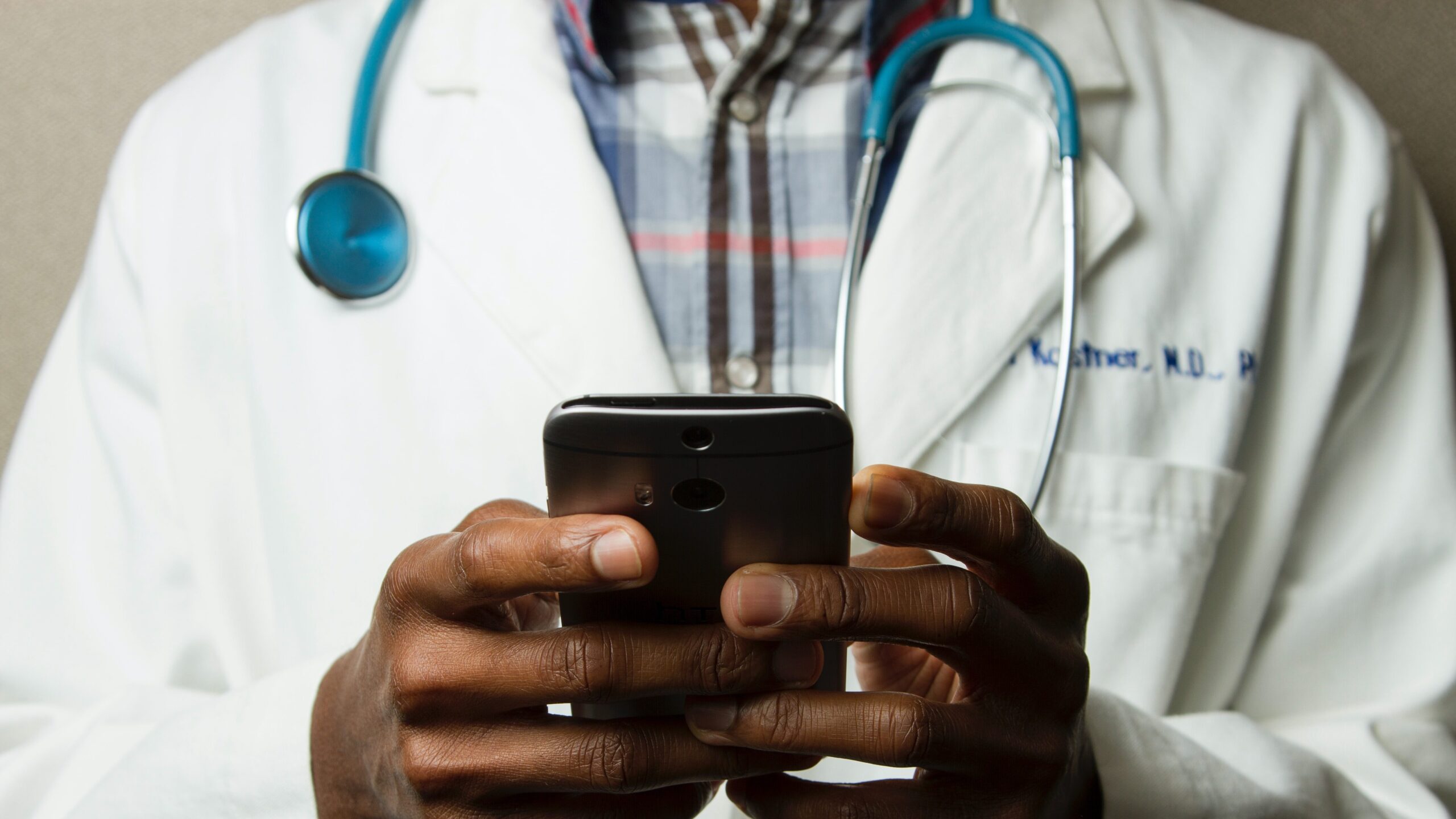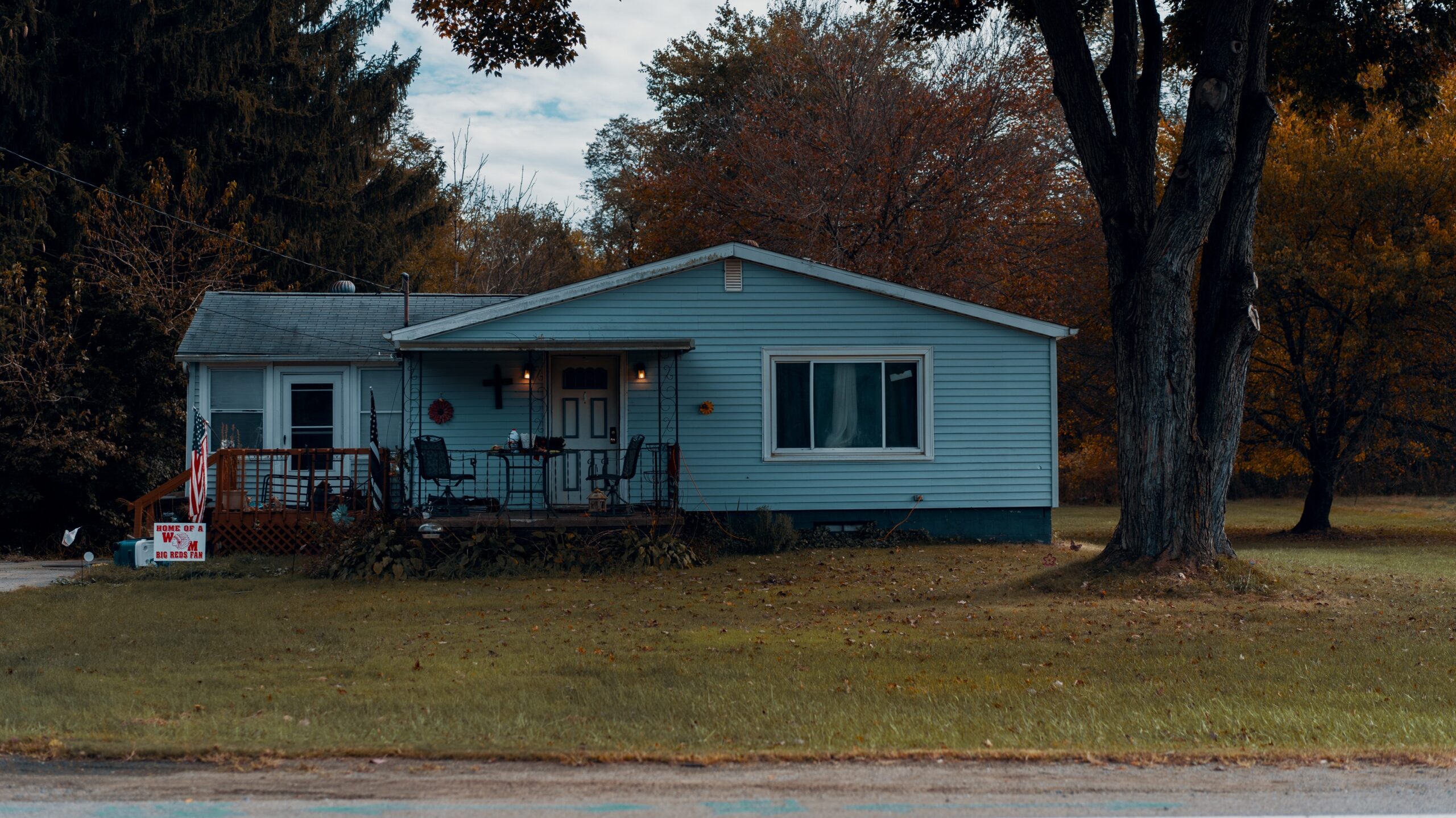News Team member Stephanie Oehler describes how the online "trad-wife" aesthetic fuels the flames of the anti-vaccination movement during the second-largest measles outbreak of the 21st century.
How The Pandemic Opened Up Possibilities for Telehealth
Remote healthcare could help solve access problems for rural care deserts
By Jordyn Rosenberg
Since the onset of the COVID-19 pandemic, telehealth has become an increasingly popular approach for delivering healthcare. Telehealth allows patients to connect with providers from the comfort of their own homes, reducing their risk of contracting the virus. But as telehealth took off during the pandemic, additional benefits also became evident. Studies that have looked into the cost benefits of telehealth suggest that it could both improve care delivery and reduce the financial burden of health care–saving patients both time and money
Dr. Krupal Patel, an ENT-otolaryngologist at the H. Lee Moffitt Center in Tampa, Florida, says: “The telemedicine experience has been transformational in terms of care delivery.” He is a huge proponent of utilizing telemedicine in his work.

Cancer patients in particular experience great financial hardships, which has been highlighted since the COVID-19 pandemic. A recent study co-conducted by Dr. Patel suggested that telehealth reduces travel costs associated with parking and lodging, as well as lost income from missing work. A patient’s savings from a telemedicine appointment can exceed 200 dollars per visit.
Financial savings are just one benefit of the increased use of telemedicine. During the COVID-19 pandemic specifically, Dr. Patel saw patients from all over the state of Florida–even rural areas–where hospitals or clinics may have been shut down due to the outbreak. “Telemedicine in a way can provide expert consultation in rural areas where patients do not have access to a specialist,” said Dr. Patel. “This opened availability for many cancer patients.”
In rural areas specifically, telehealth can help bridge the gap regarding access to specialized care. Fourteen percent of the United States population lives in rural areas and lacks access to quality health care. Not only are these residents located far from urban centers with specialized health care facilities, but they also lack hospitals and basic clinics. This further compounds the challenges faced by these communities.
In just the past decade, more than 120 hospitals have shut down in rural areas across America, leaving many residents with limited options for care. However, telehealth can address these challenges by connecting patients to specialists without having to leave their homes.

Even as the pandemic has slowed down, patients still turn to telehealth as a safe option for care. Dr. Gregory Vidal, an Assistant Professor in the Division of Oncology at The University of Tennessee, says, “the pandemic has highlighted the need for reliable connected systems to facilitate home care while reducing hospitalizations and clinic visits.” Risk of infection goes up tremendously with every visit to a doctor’s office.Telehealth and remote care is a safer option for cancer patients in particular because they are more vulnerable to catching illnesses.
Telehealth has improved outpatient oncology treatment as well, which allows cancer patients to be monitored remotely via electronically-collected data. Specialists can evaluate patients’ conditions through video appointments or monitoring devices.“Modern technology can increase patients’ connectivity to the healthcare system,” Dr. Vidal says.
A concern with telehealth is that it takes away from the patient-physician connection. Patients worry their providers won’t be able to provide adequate care when seen remotely. However, patients actually report high satisfaction with telehealth appointments. “Patients felt there was no disconnect between person and telemedicine,” Dr. Patel says. “They actually preferred telemedicine in certain respects when it was delivered in the right context.”
But what is the right context? It is important to note that telehealth is not a one-size-fits-all solution. The patient’s care team must collectively decide if a telemedicine appointment is the best approach for the specific individual and their condition..
Additional research suggests that across every medical specialty, there is a high level of patient satisfaction, as telehealth visits allow doctors to adequately address patients’ needs. One survey of over 1,000 patients found that 91 percent were overall satisfied with video consultations.

There are a few barriers when it comes to expanding telehealth, despite its many great aspects. Approximately 7 million homes across the nation — many of which are in rural communities — lack access to high speed internet. This places certain groups at a disadvantage for accessing telemedicine. Dr. Paula D. Cunningham called this a “quality-of-life issue” for such patients, in an article on the impact of telehealth. The ability to access such medical advantages could potentially be life-saving.
It is hopeful, however, that researchers are constantly finding new ways to bring telehealth to rural settings. Dr. Patel says “research should be expanded, rather than restricted, in how we can deliver [telemedicine] in a more diverse setting.”
Telehealth will never entirely replace in-person care, but it has the potential to remain convenient and accessible to those who need it. The big question is whether telehealth will continue to expand across many fields of medicine. Dr. Patel says, “we are actually doing a disservice to our patients if we don’t advocate for ongoing telemedicine care.” Despite the challenges, telemedicine provides a huge opportunity when implemented appropriately. “The benefits far outweigh what the drawbacks are.”
